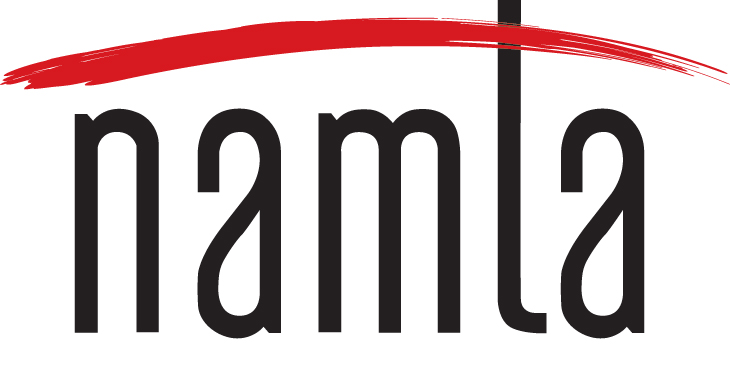- Home
- Creativation by NAMTA
- Membership
- NAMTA Connect + The Studio
- About
- Resources
- Tariffs + The Creative Industry
- Cards for Congress Campaign
- CA Wildfires Relief: How to Help
- Creative Products Certification Program (CPC)
- Creative Outlook Market Research Study Report - MEMBERS ONLY
- The STUDIO Recordings - MEMBERS ONLY
- Membership Directory - MEMBERS ONLY
- Meet the Creative Professionals
- Meet the Independent Reps
- New Products
- Subscribe to Our Email List
- Discount Savings Programs
- Job Board
- Contact
- Advocacy
|
Tariffs + The Creative Industry In the ever-changing environment, NAMTA is committed to keeping its membership informed and up to date on the tariff situation. It is undeniable that our industry, like many others, is experiencing significant impacts from the tariffs. While NAMTA cannot guarantee any specific outcomes, taking no action guarantees that nothing will change. If there is a resource you believe should be included here, please don’t hesitate to contact us. Contact UsNEED TO KNOW Tariffs are typically paid by the importer of record—usually you or your business—when goods arrive at a U.S. port of entry. In most cases, tariffs must be paid before your shipment is released by U.S. Customs and Border Protection (CBP). Here’s how it works:
RESOURCES US Customs Border Patrol Bloomberg Report Bloomberg reported News summary as of 9/2/25 at 2:00 PM:
ACTION ITEMS It is undeniable that our industry, like many others, is experiencing significant impacts from the tariffs. While NAMTA cannot guarantee any specific outcomes, taking no action guarantees that nothing will change. If you are looking for ways to have your voice heard and protect your interests, please see the options below:
Share HTS Codes*Please Note: When submitting tariff codes, please avoid those beginning with 99, such as 9903.01.63, as these represent temporary additional tariffs and are not sufficient on their own. Instead, ensure you provide the correct underlying tariff code, typically starting between 24–98 (e.g., 3209.10.0000), which covers most non-food items. Codes beginning with 1–24 are reserved for food products and are generally outside the scope of these efforts. Providing only a 99 code will not meet requirements. NAMTA CONNECT X TARIFFS On August 7th, NAMTA hosted a panel discussion featuring industry leaders who shared their experiences from a recent advocacy trip to Washington, D.C. During this trip, they met with 18 congressional offices to raise awareness about the real-world impact tariffs are having on arts and crafts businesses. While NAMTA Connect recordings are typically limited to The Studio, we felt this important content should be accessible to all. This recording is now available to view and will be updated as additional meetings occur. |

